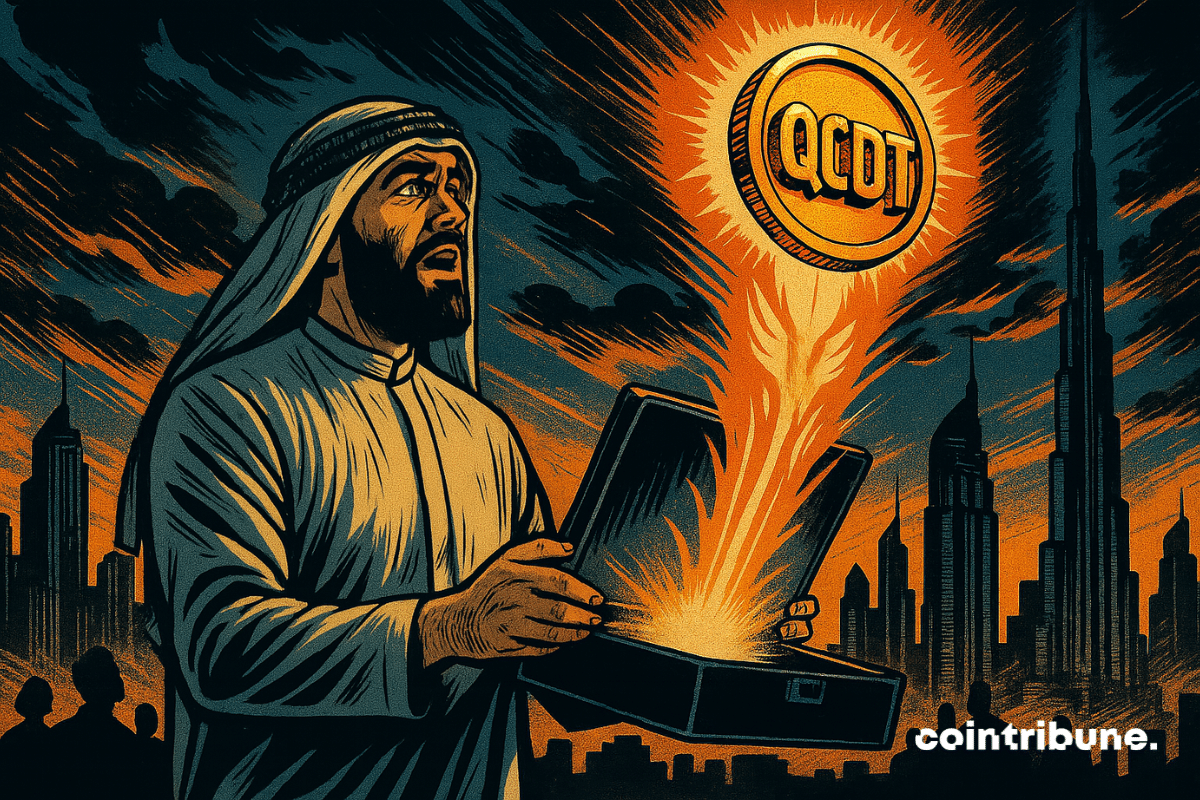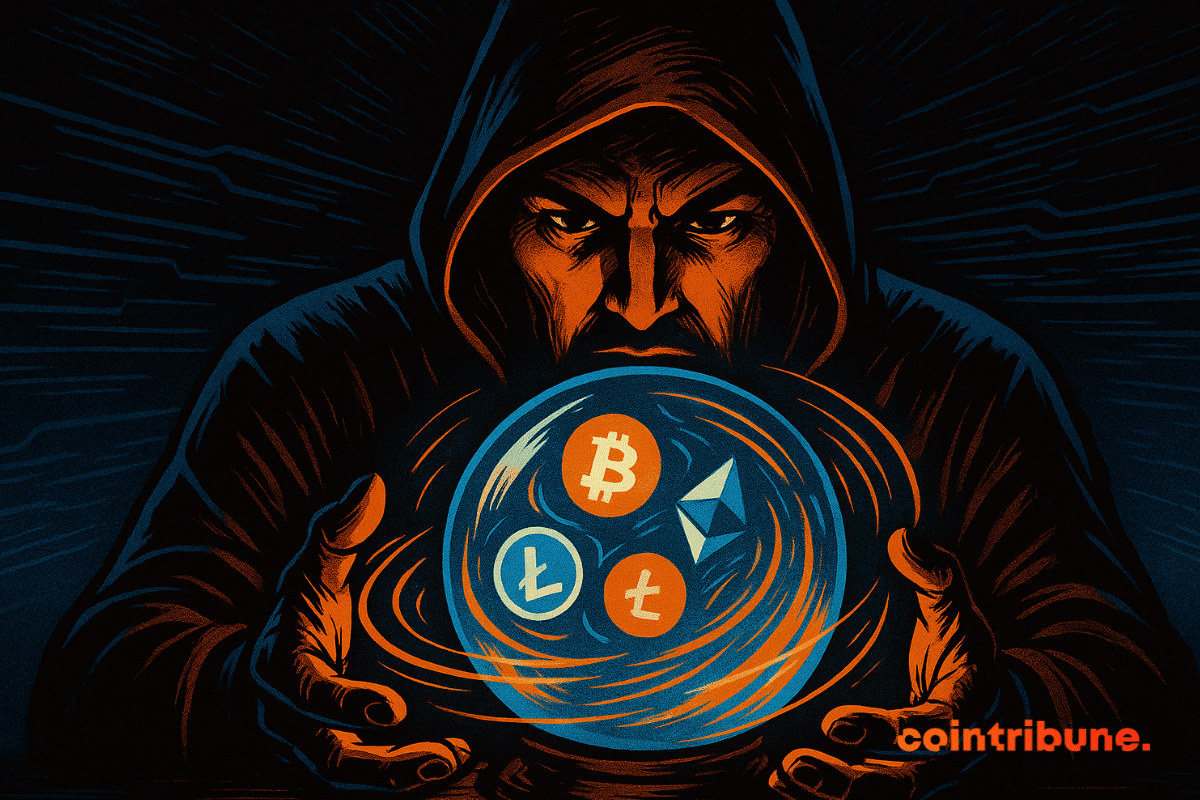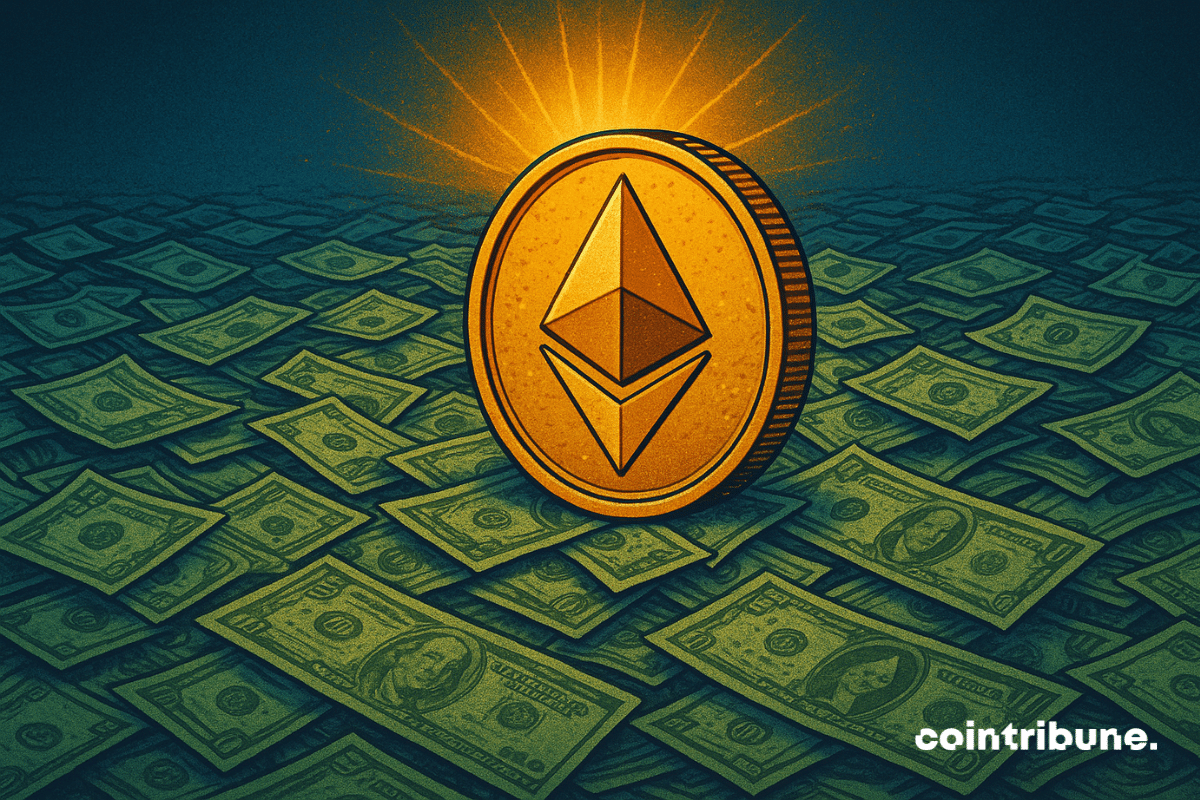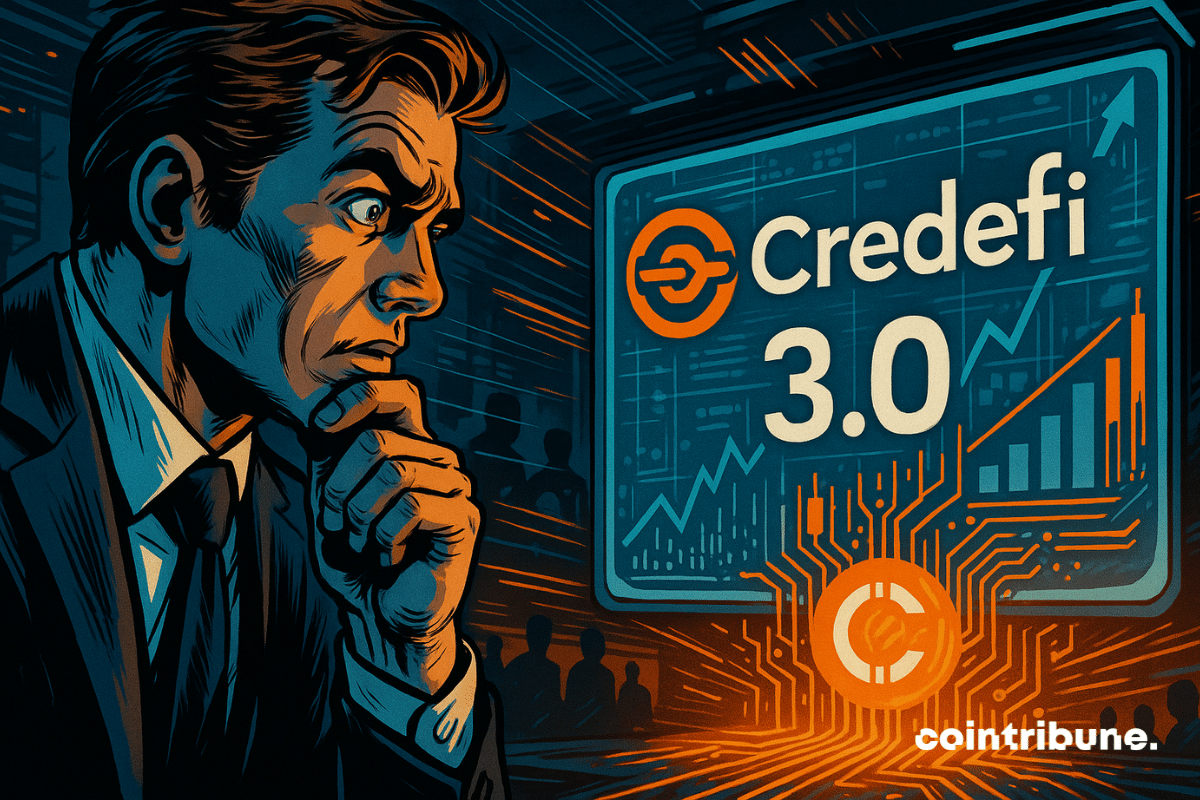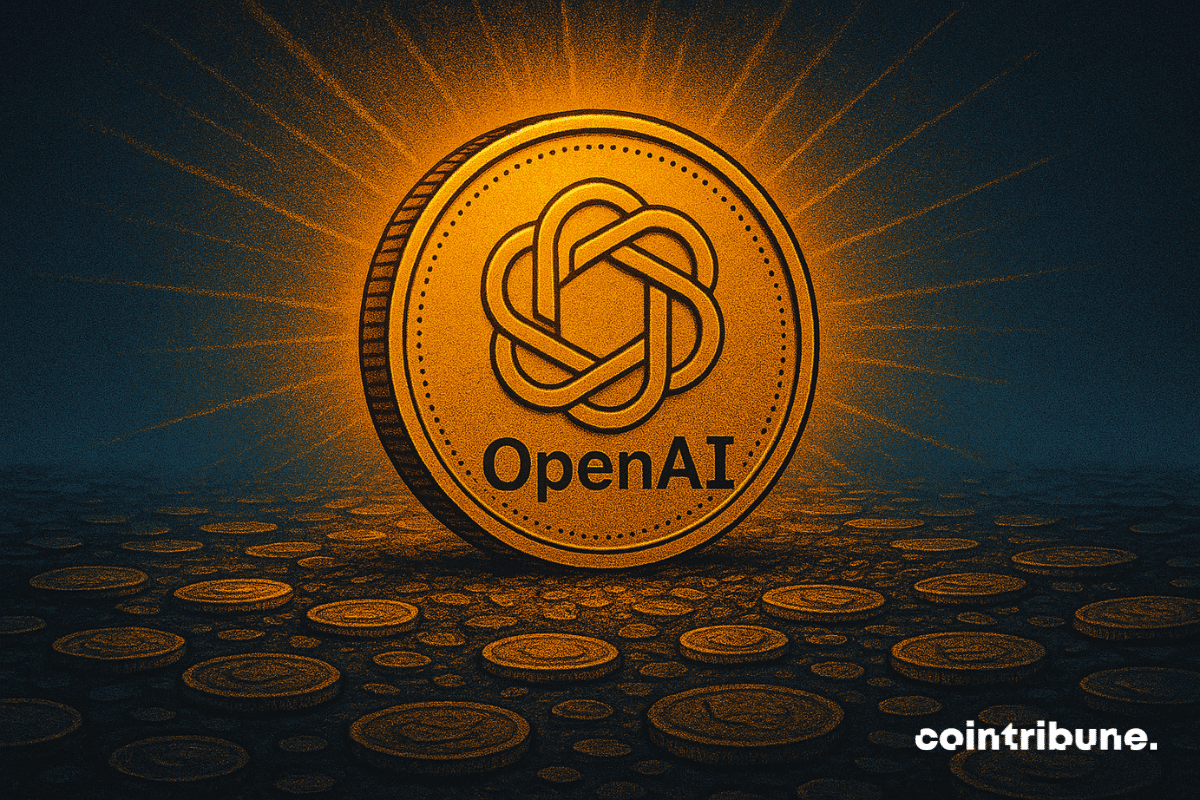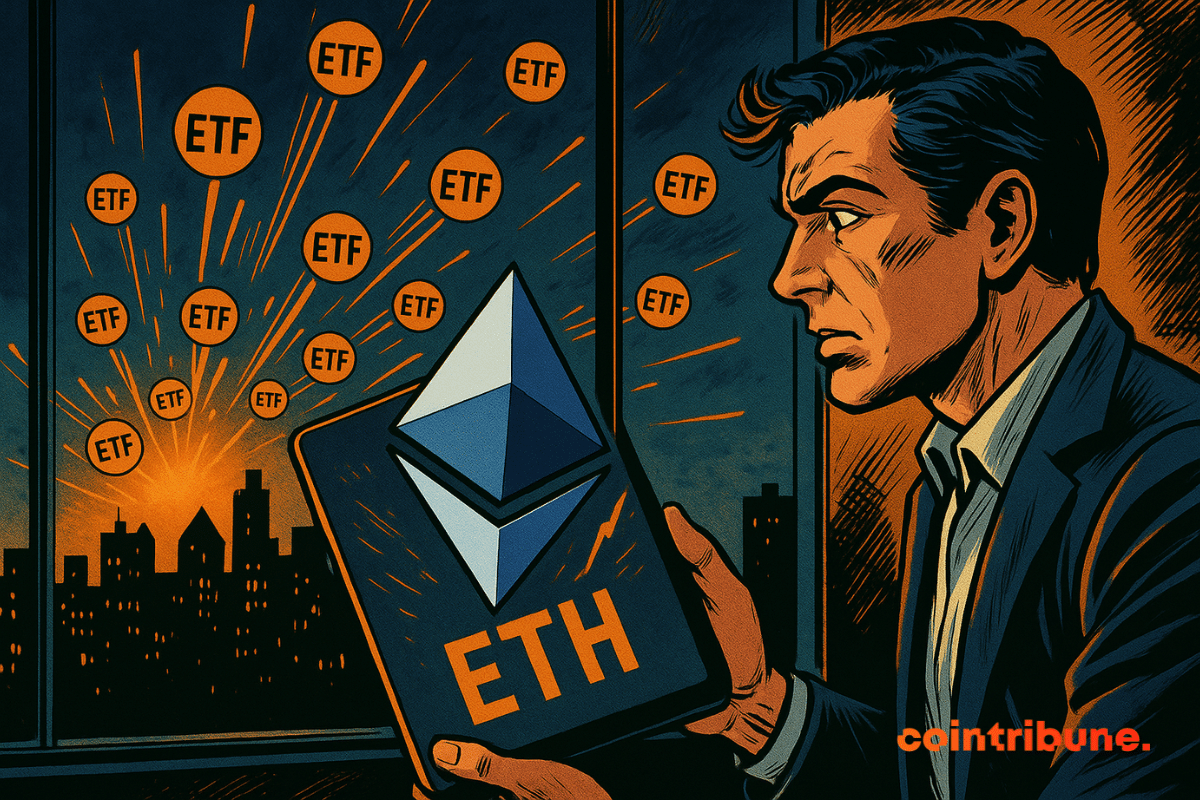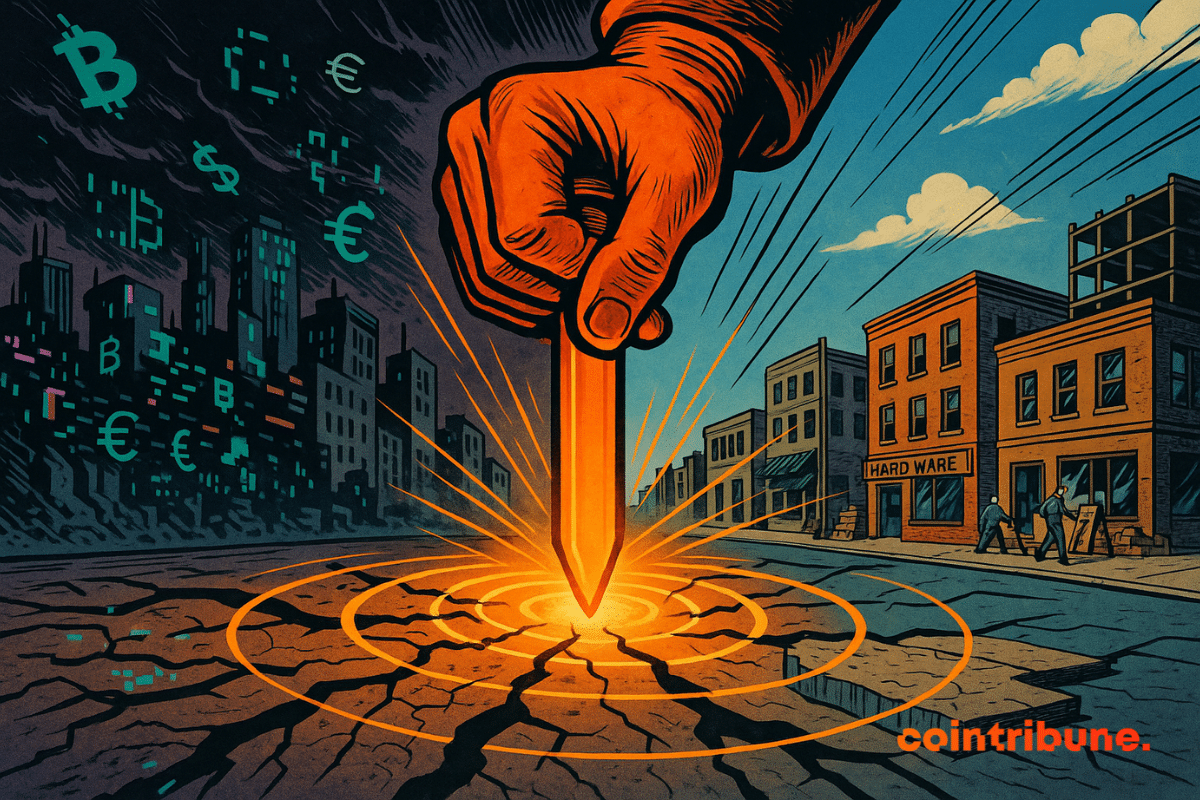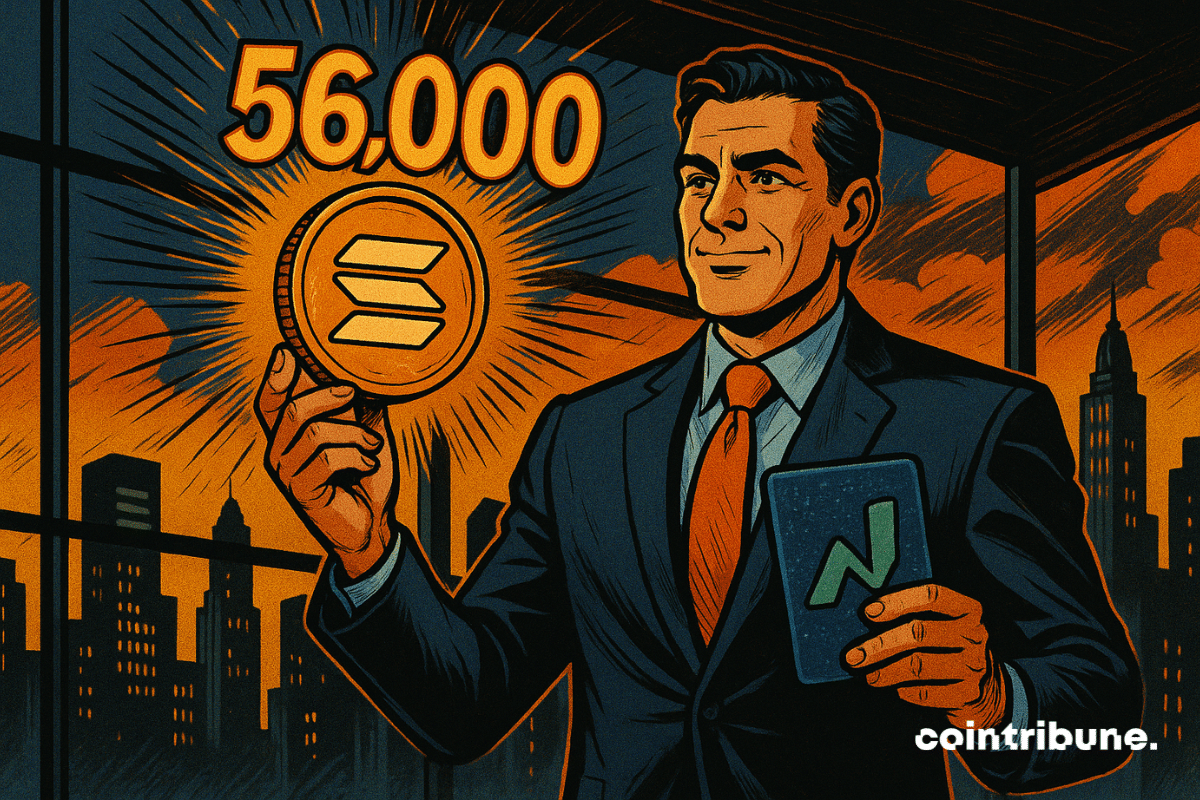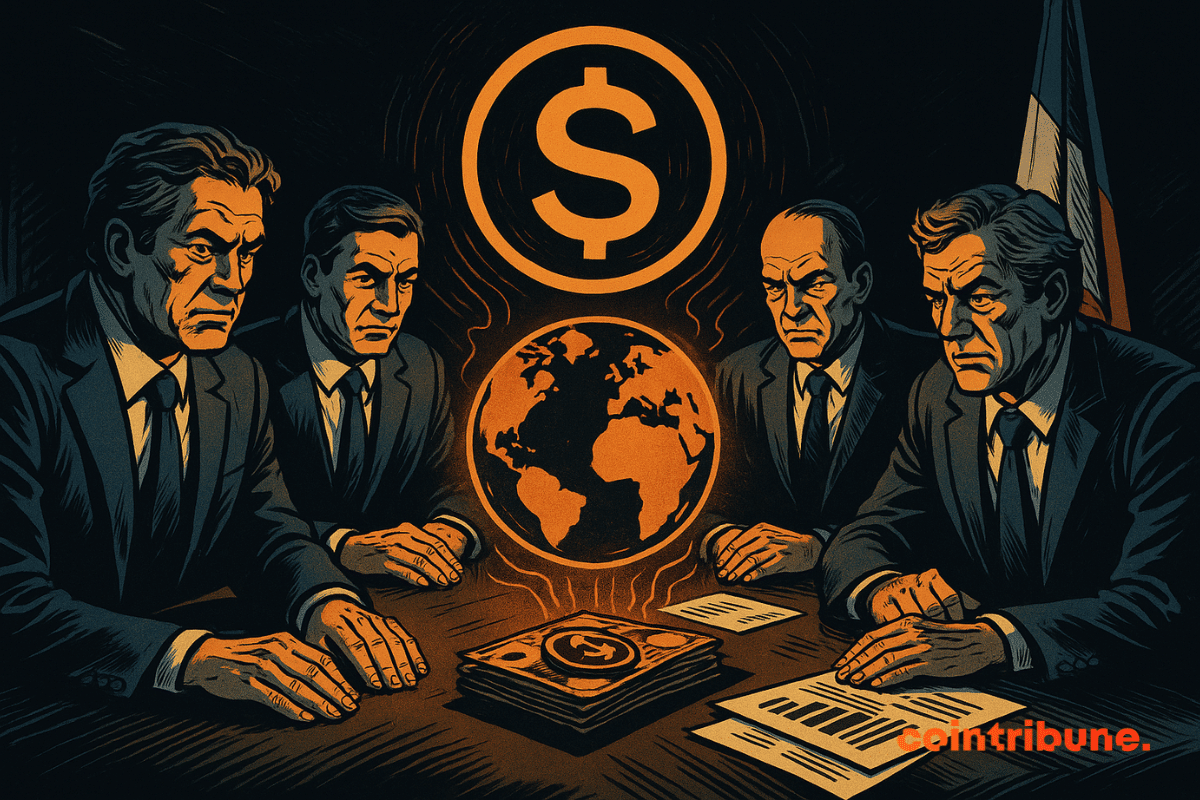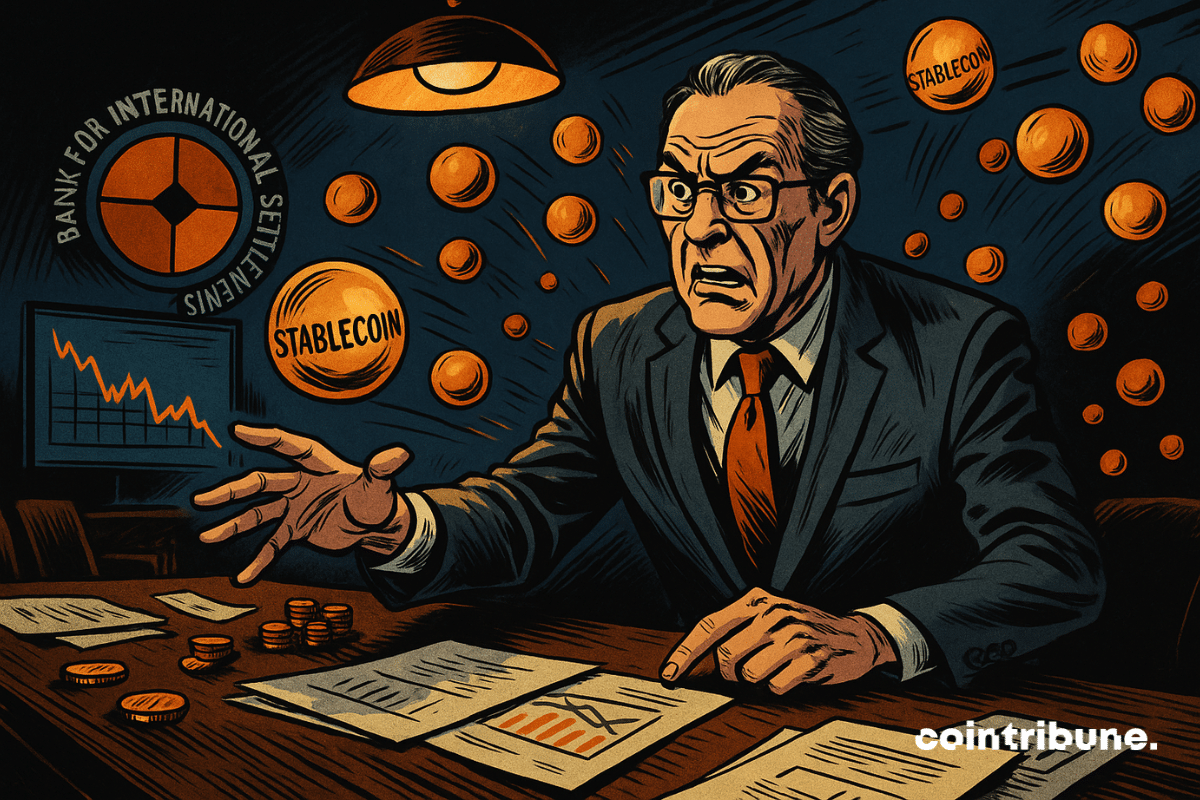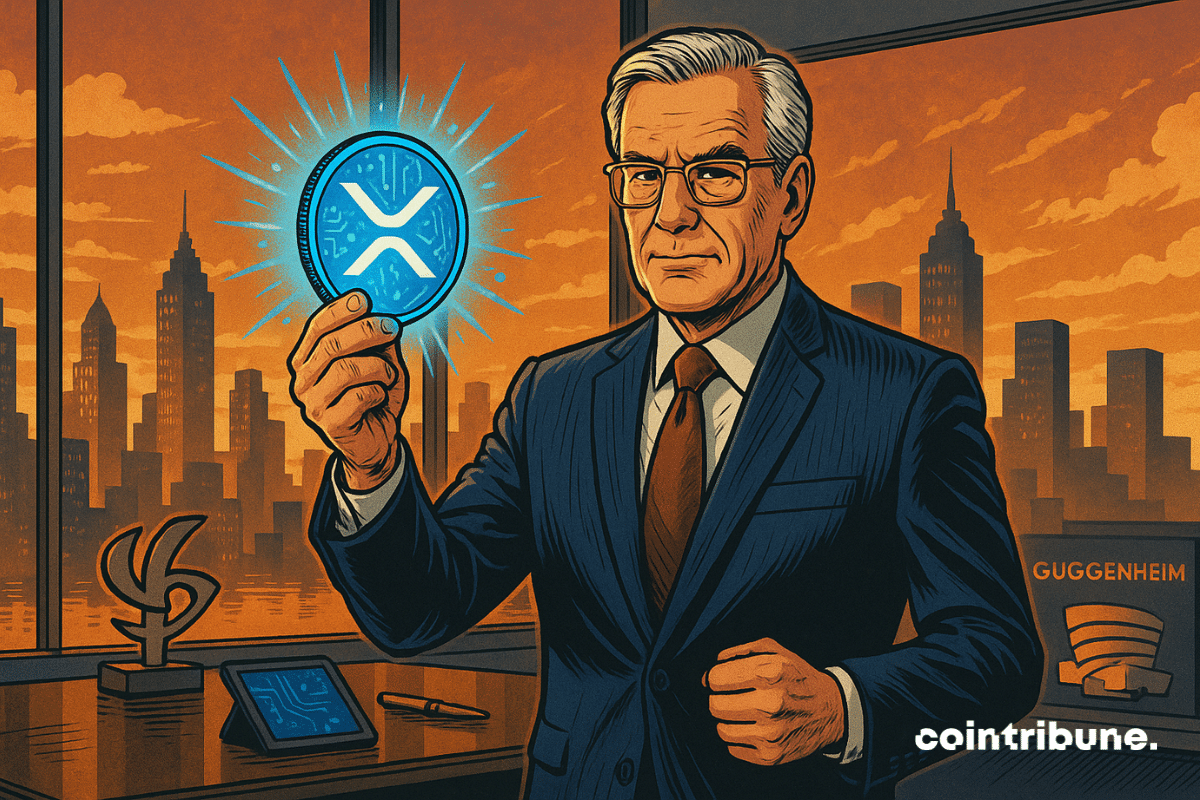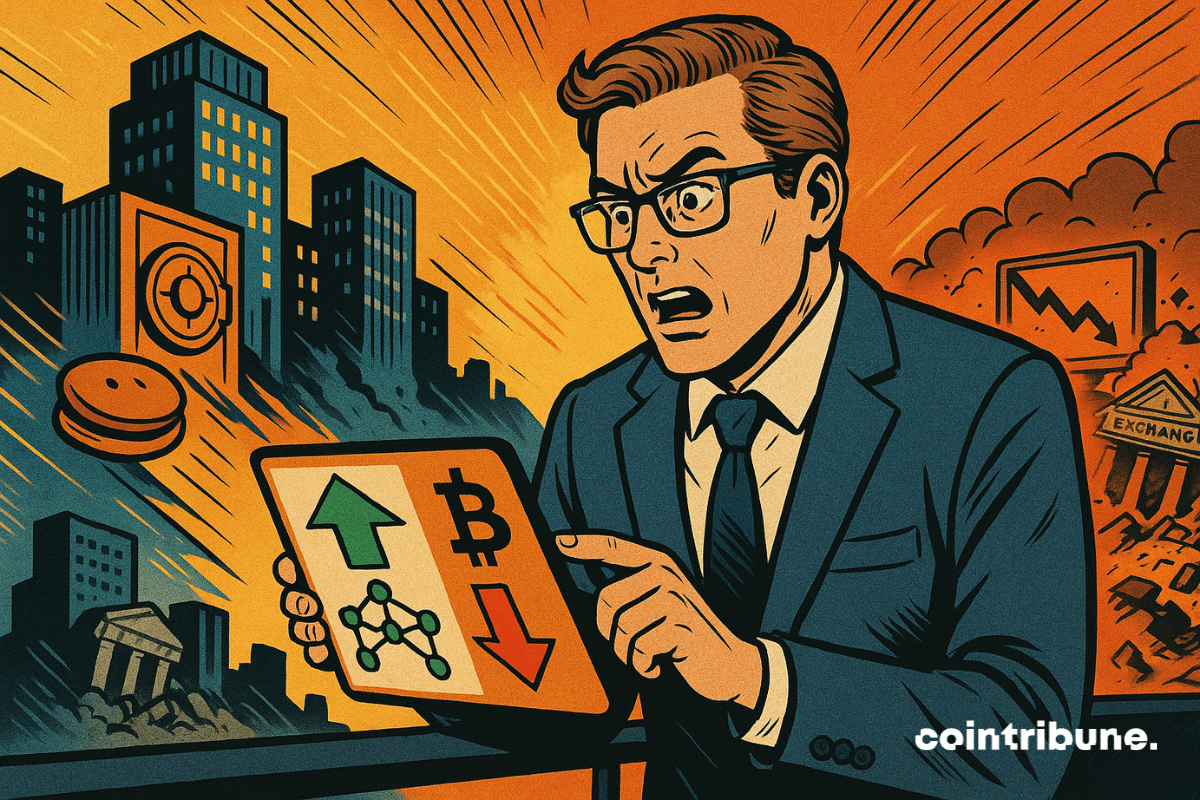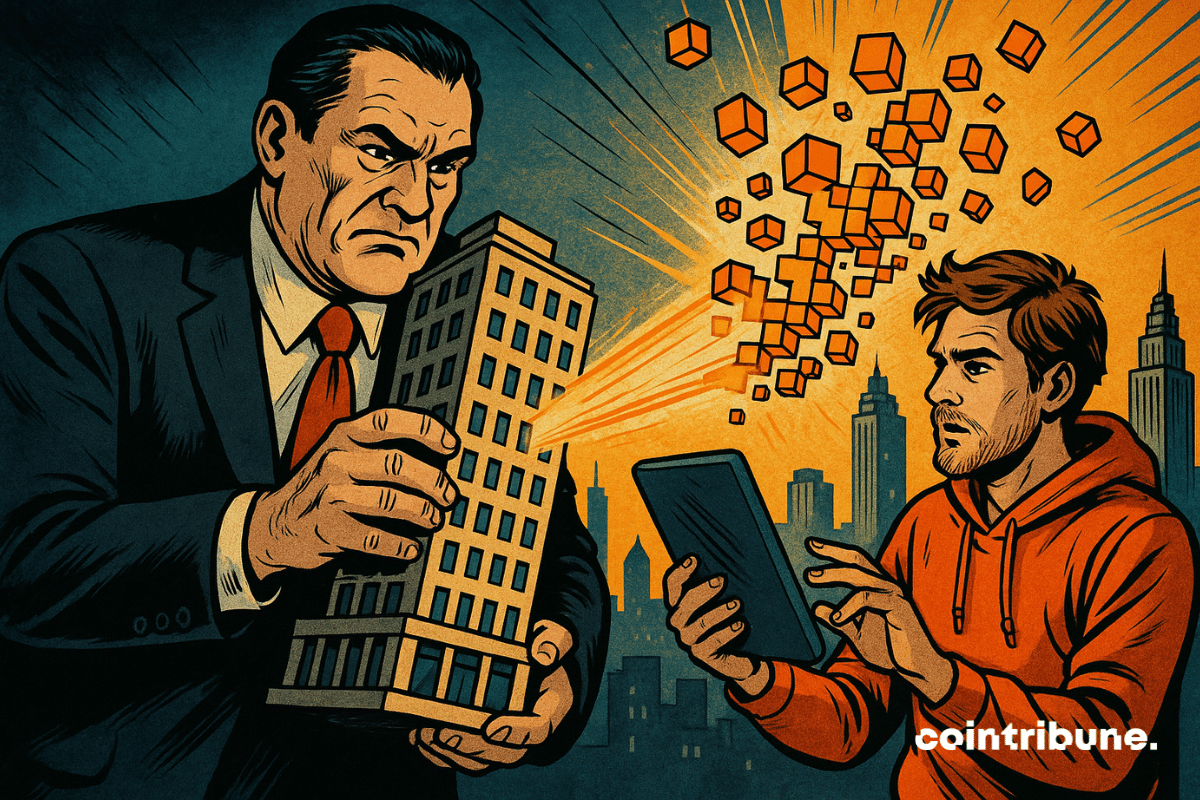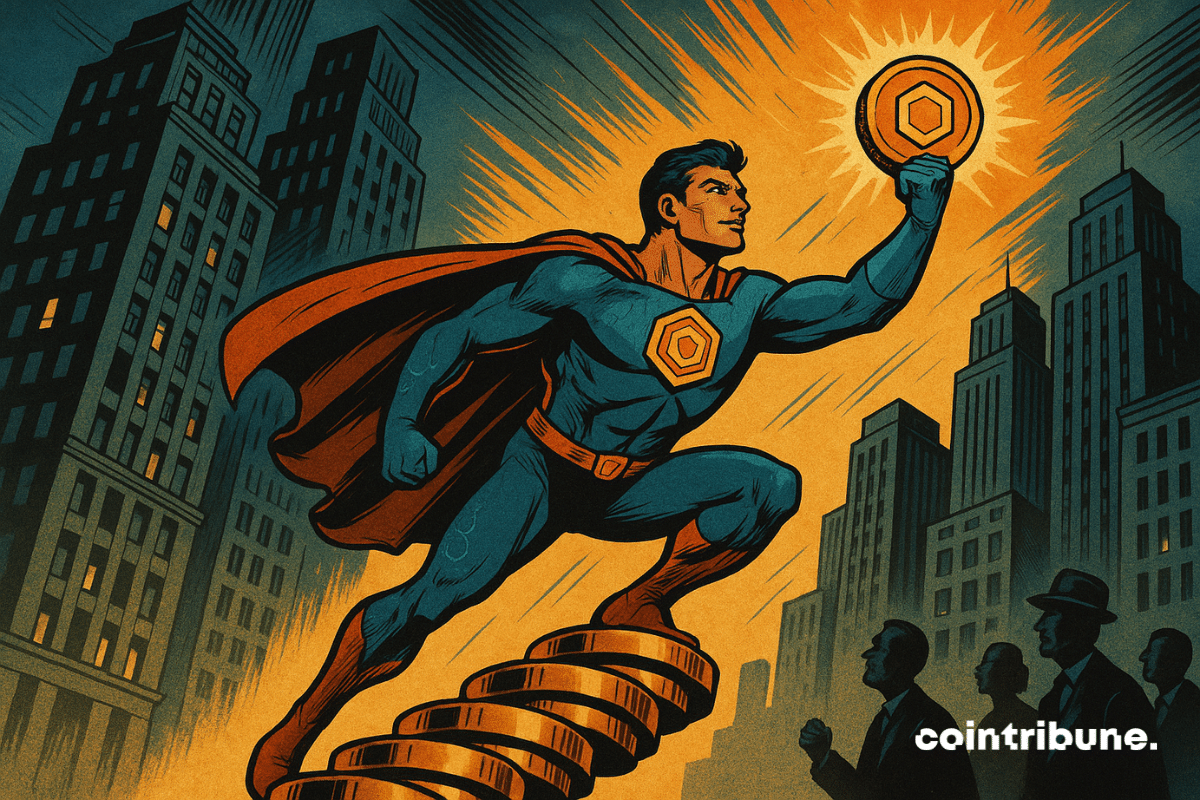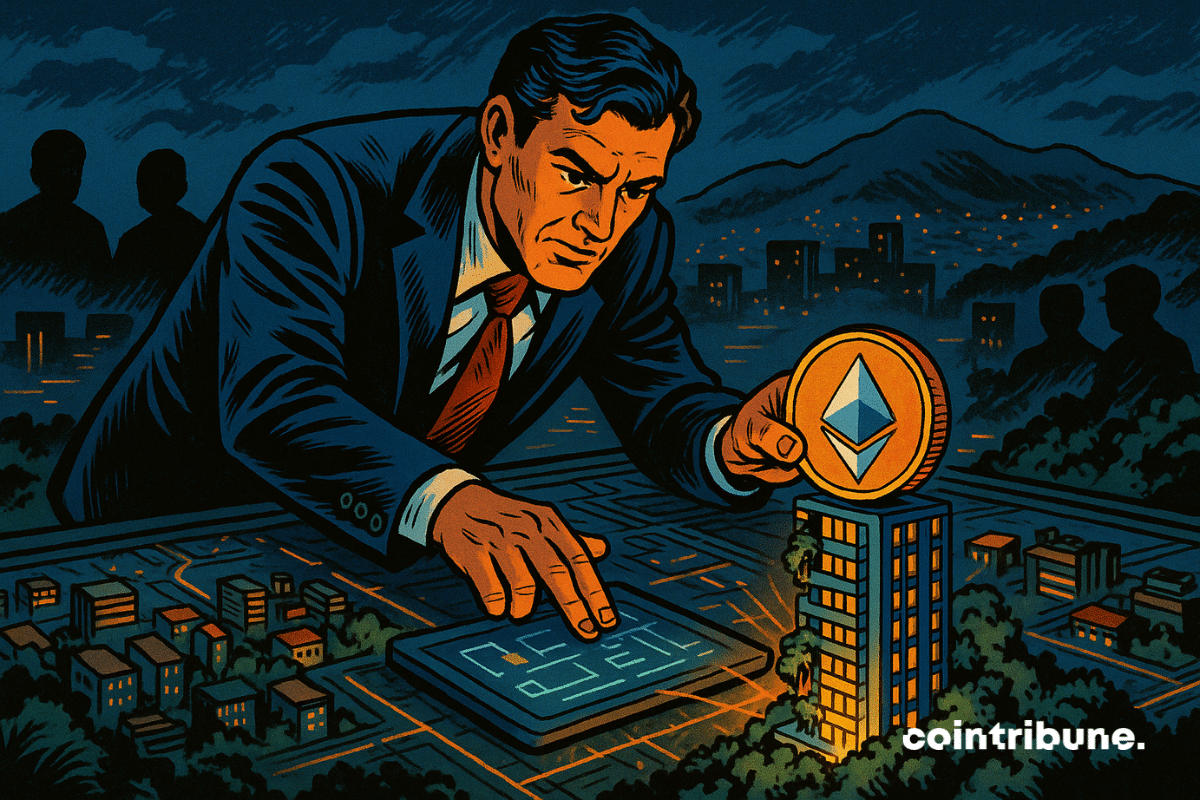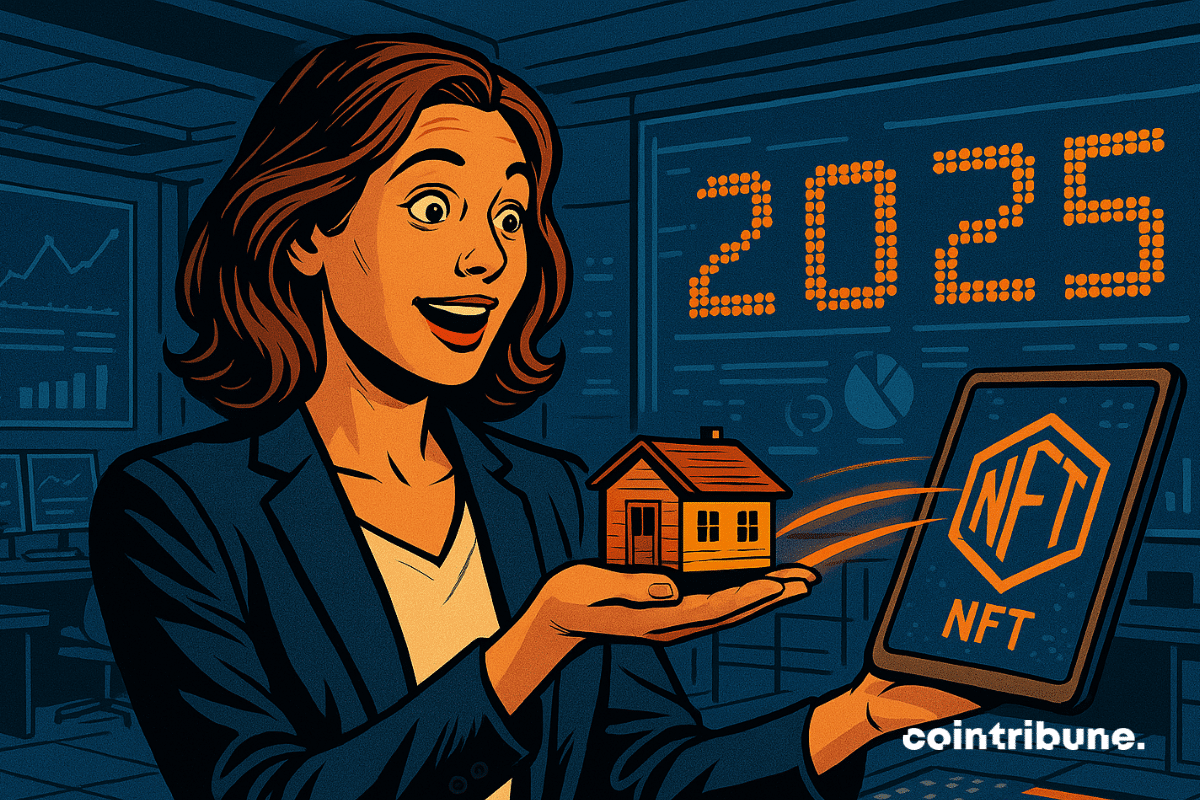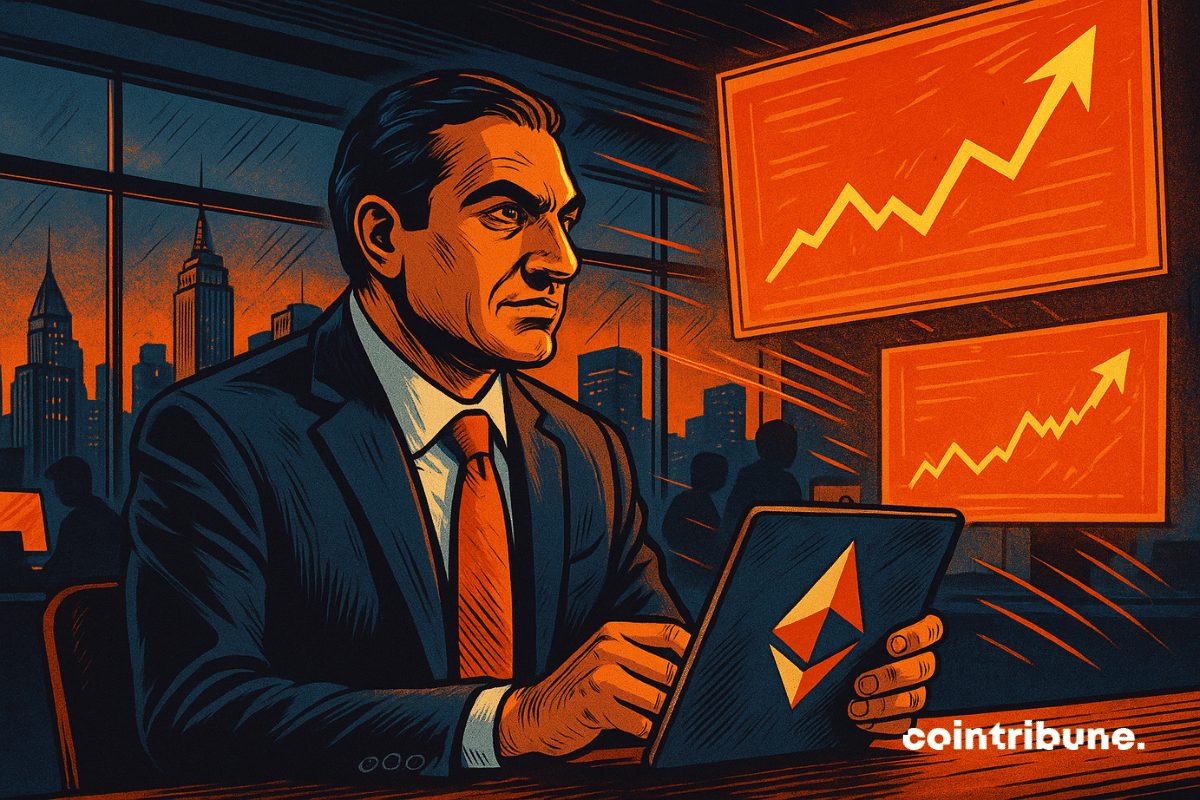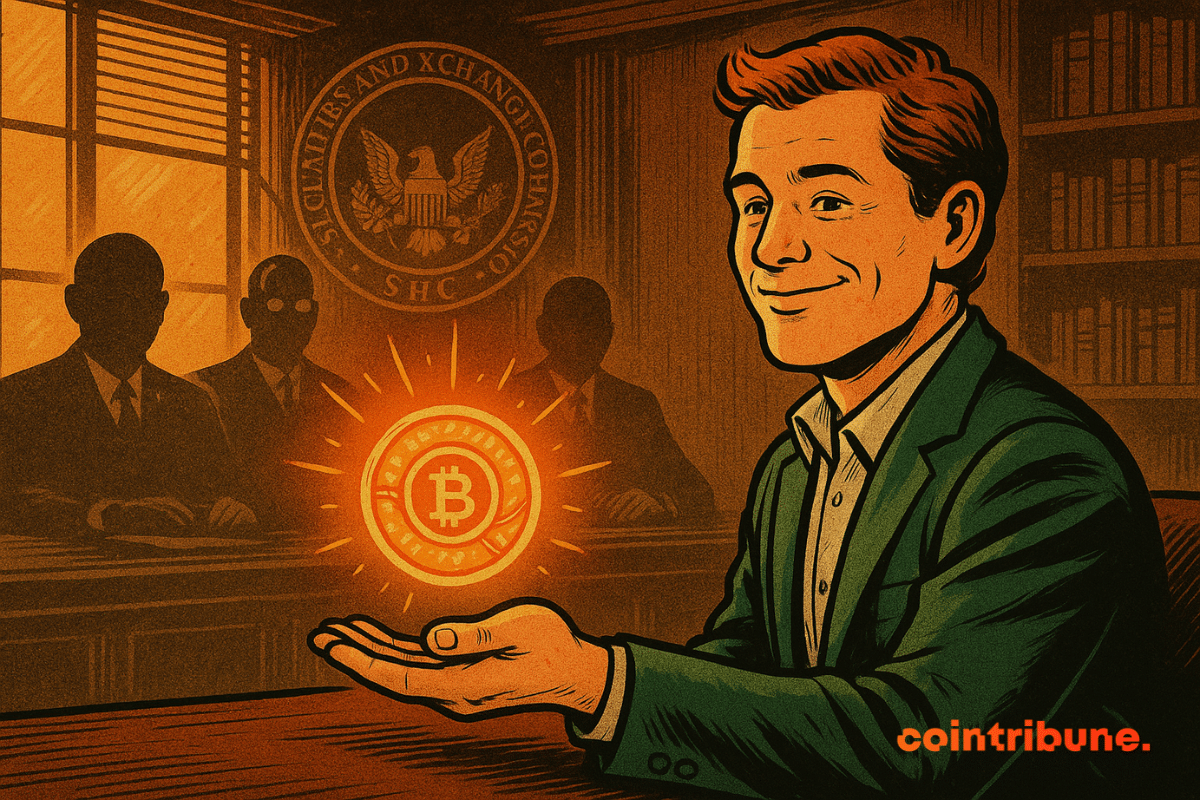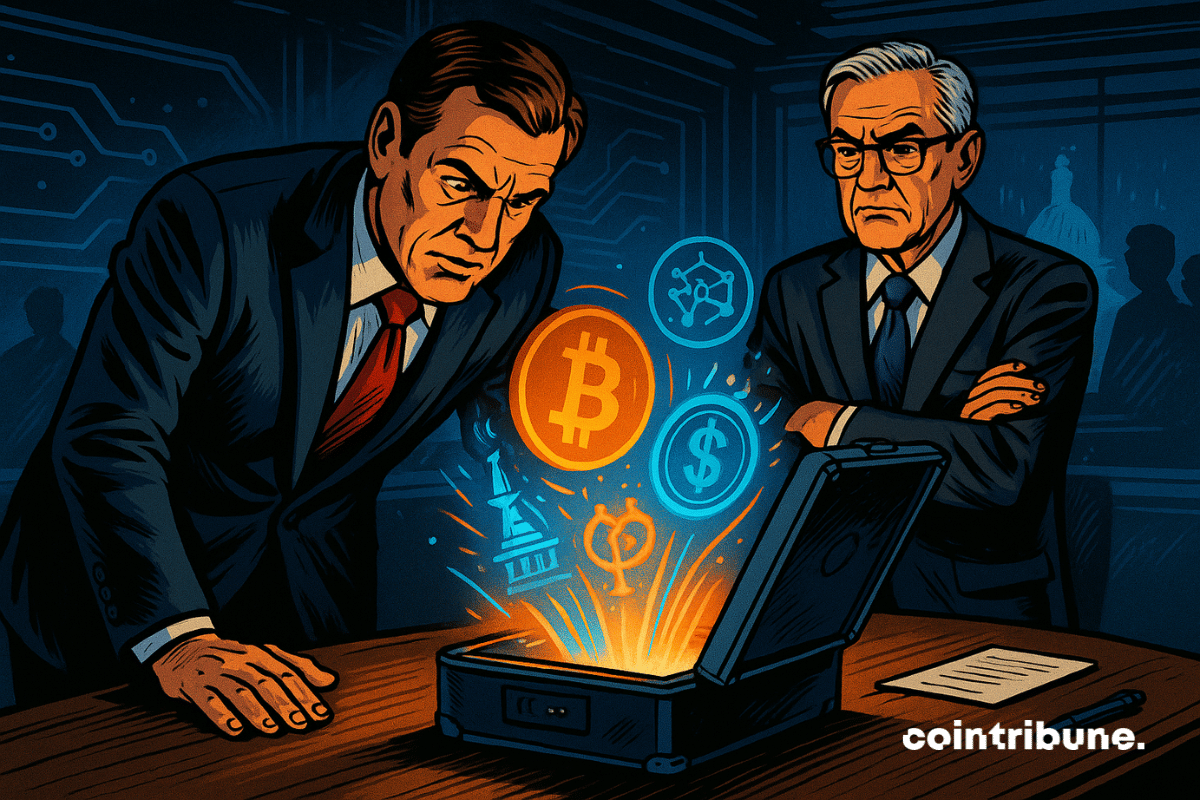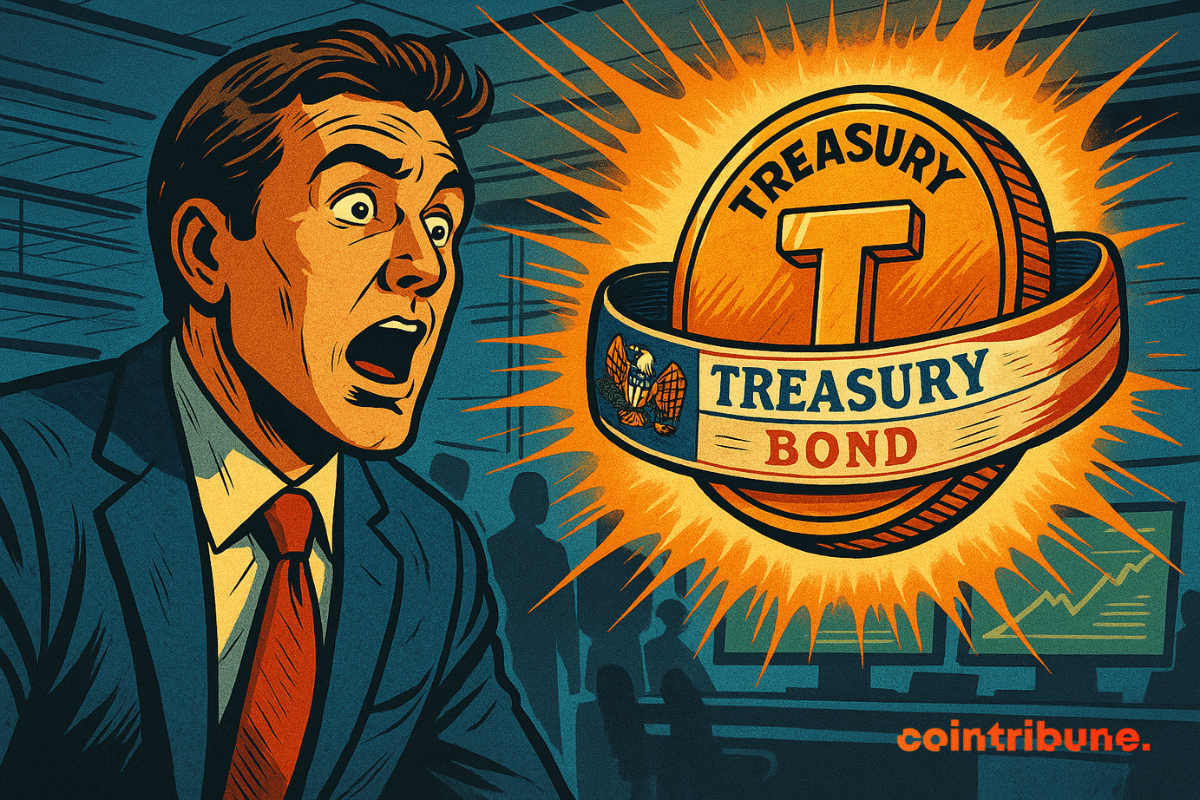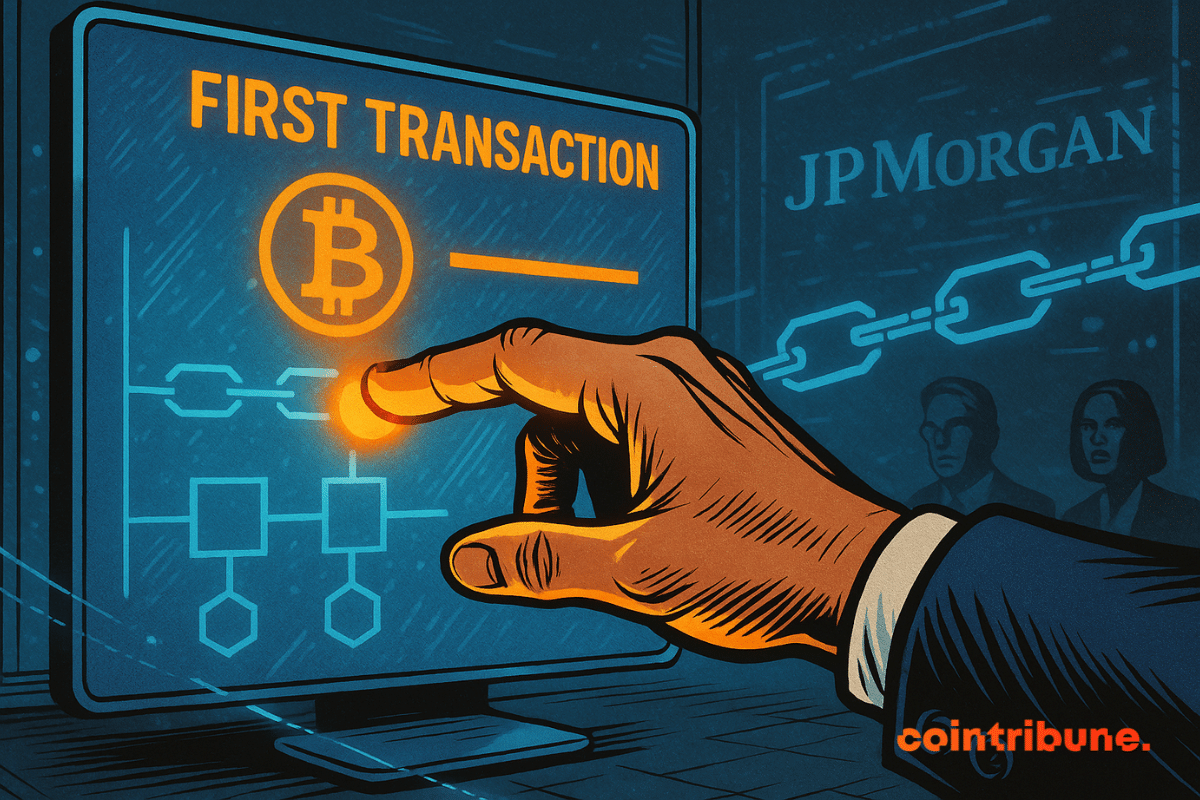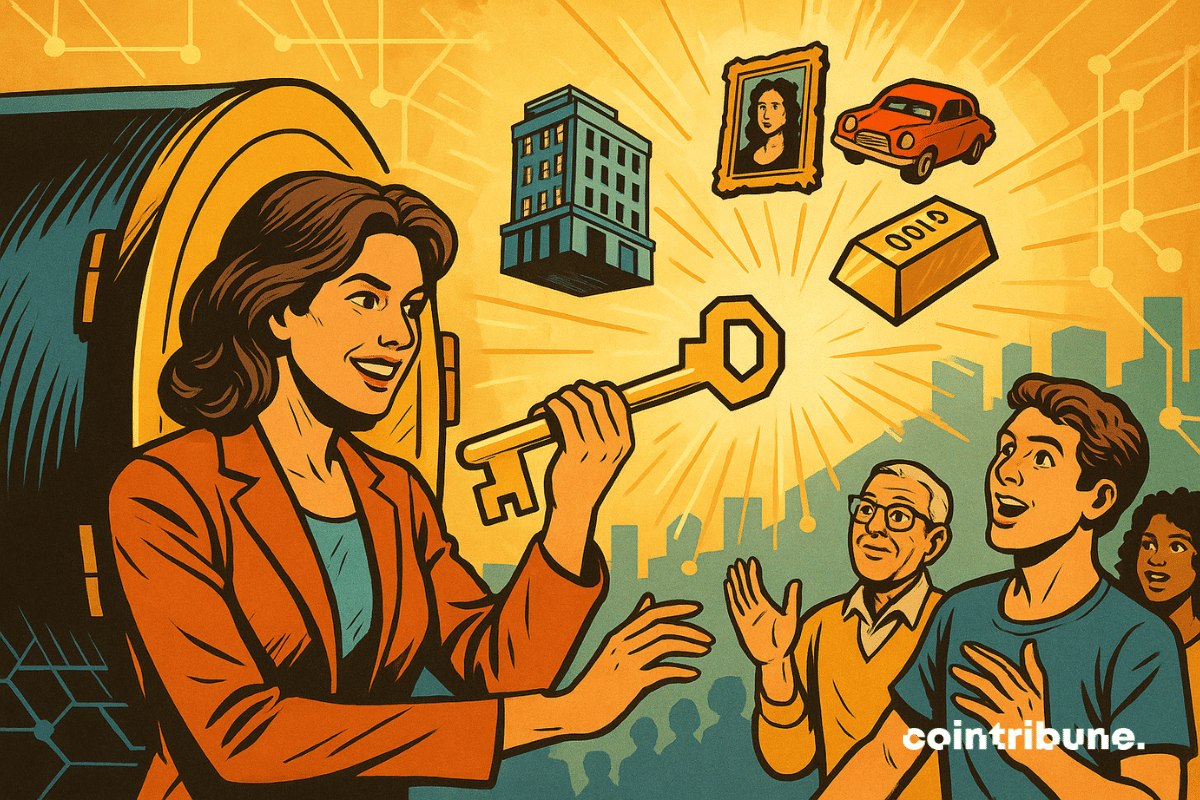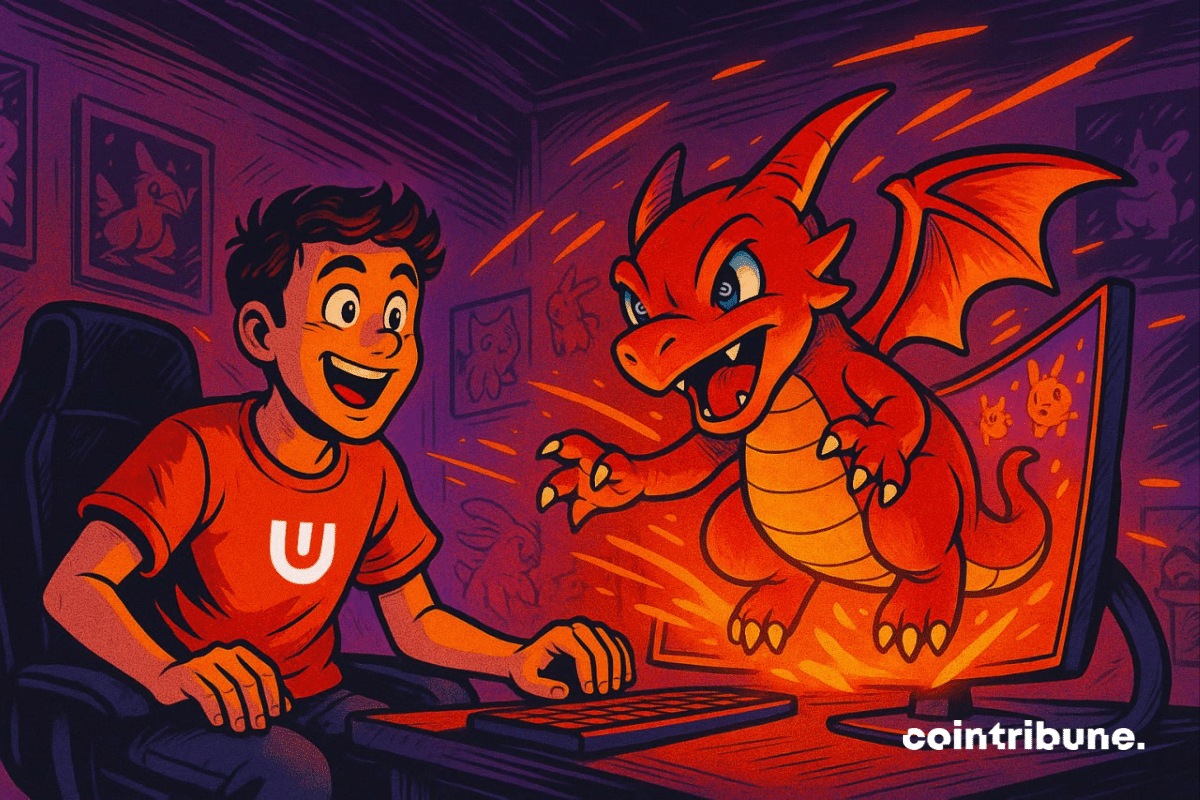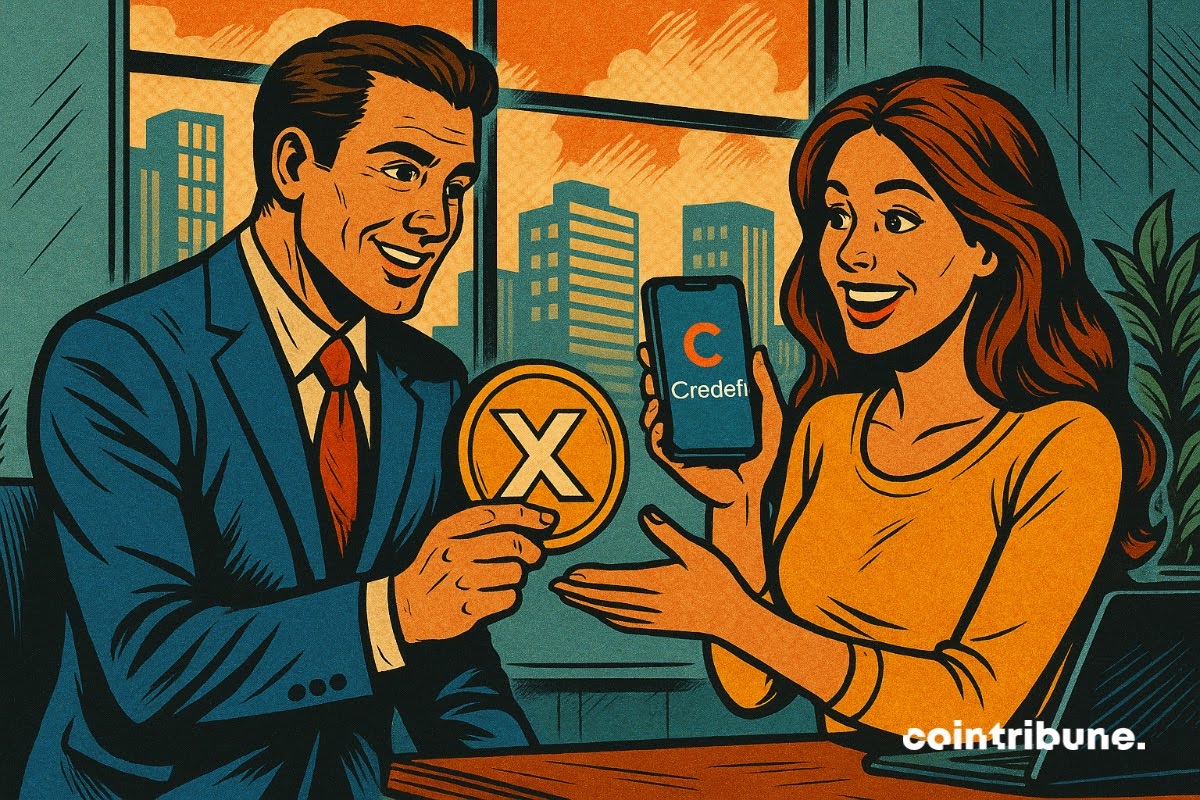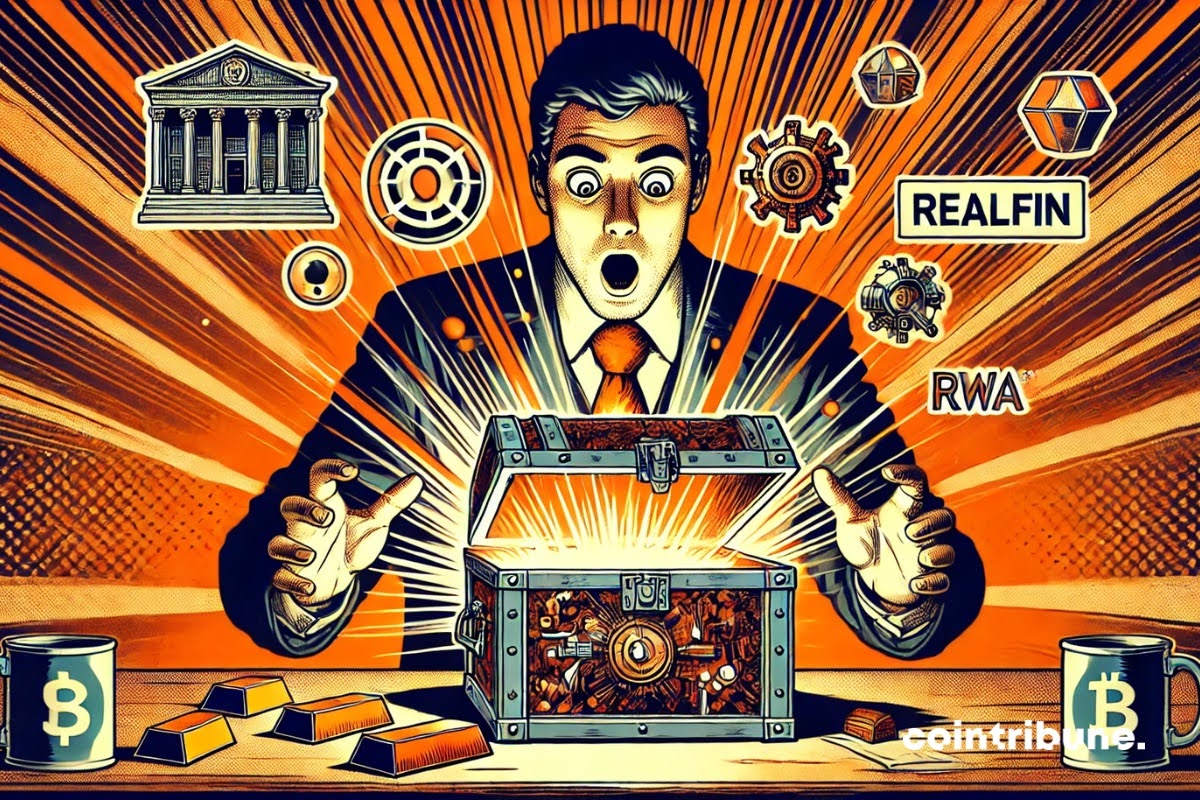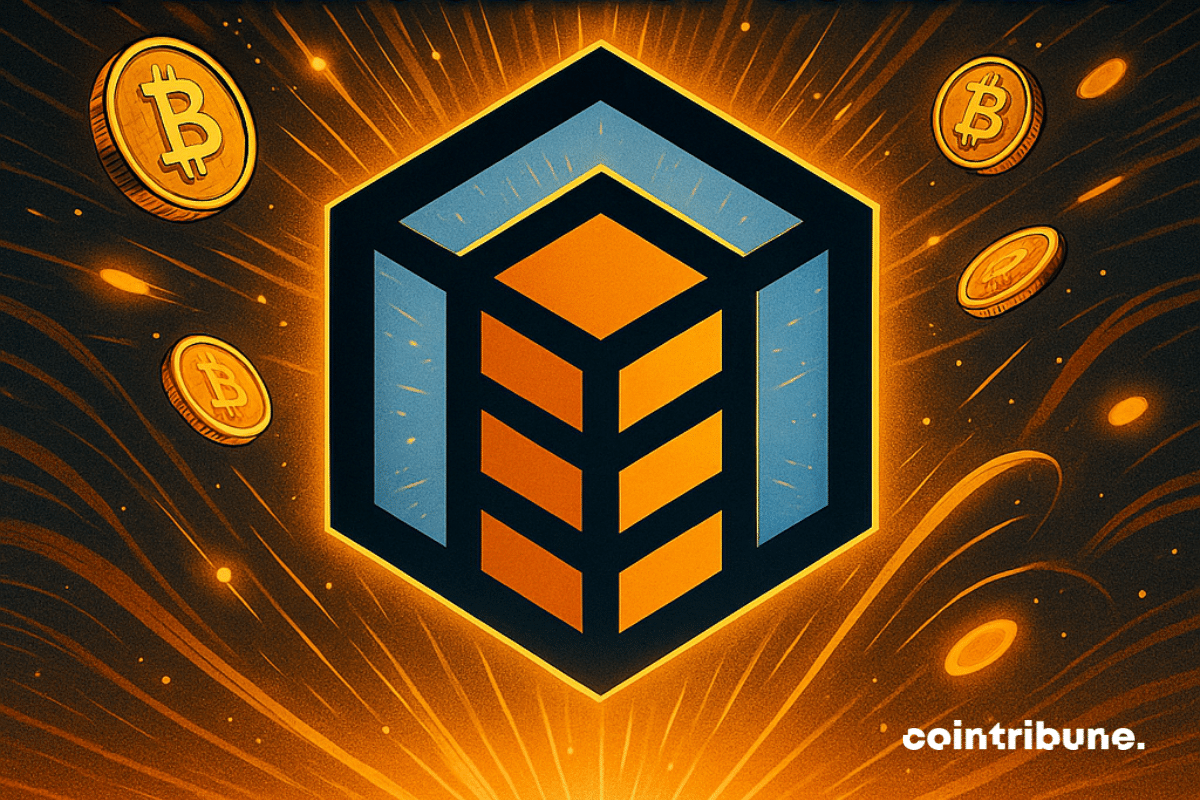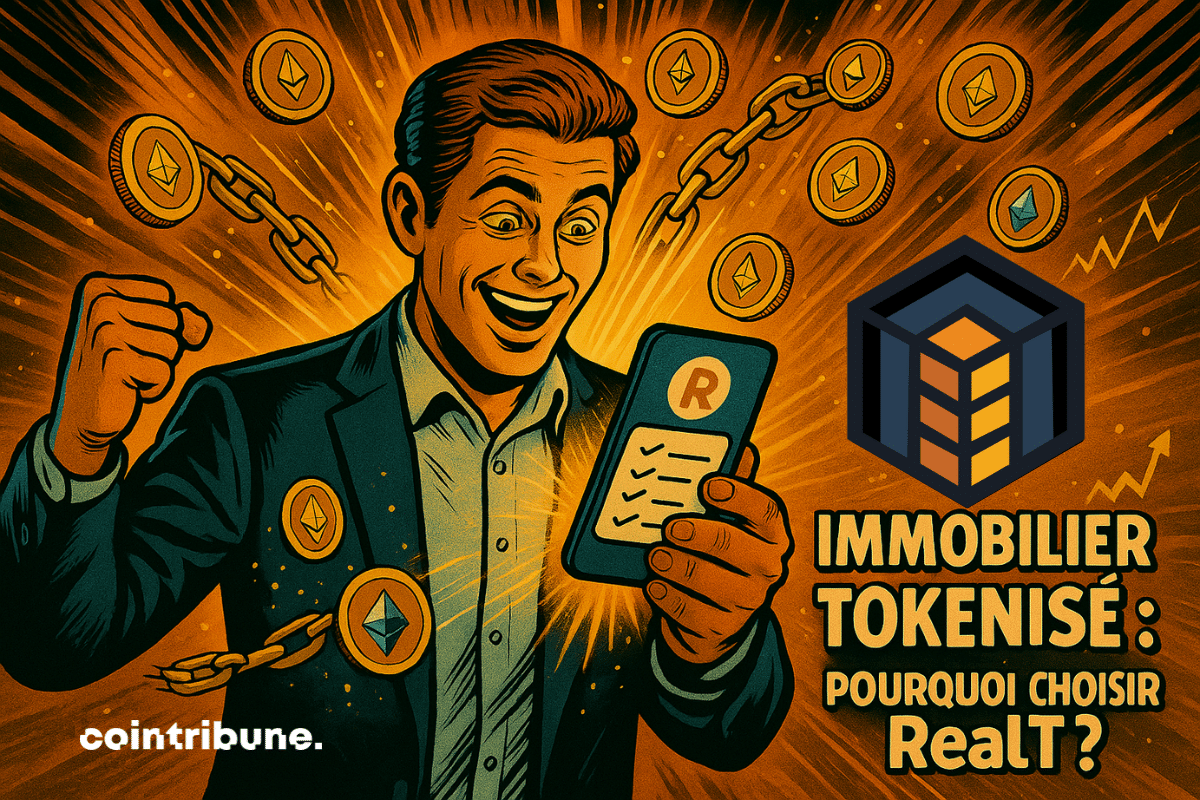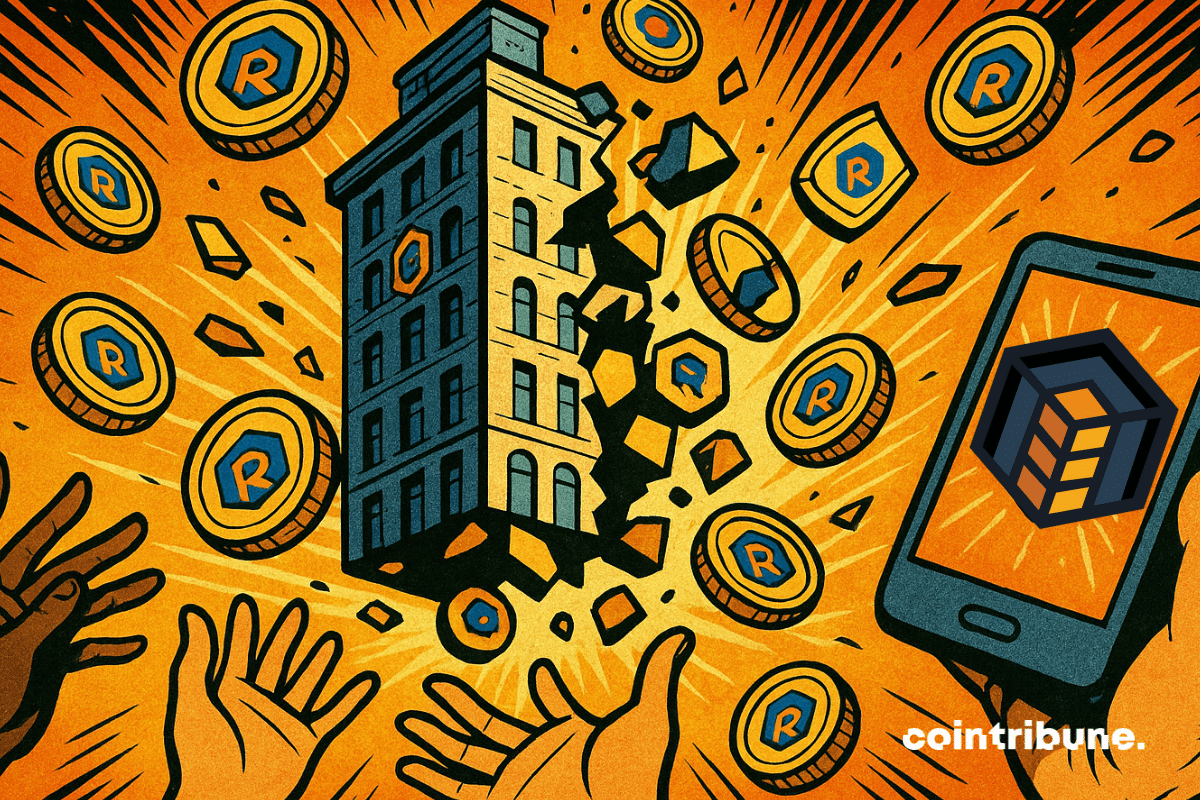When Dubai marries traditional finance with tokens, it is not a desert mirage, but a very real… and perfectly regulated fund, please!
Theme Tokenization
Tokenization is growing fast, with major firms investing and new platforms launching. This trend could soon impact cryptocurrency prices.
According to data from Token Terminal, over $6 billion worth of tokenized assets now live on the Ethereum blockchain. That’s not theoretical DeFi liquidity, but real-world funds, from some powerful names in global finance.
The world of tokenized real world assets (Real World Assets - RWA) is undergoing transformation as it gradually aligns with the real economy. In this context, Credefi has experienced continuous evolution, moving from an experimental project to a functional infrastructure. With the launch of Credefi 3.0, the platform reaches a new milestone: it fully integrates modules designed to connect decentralized finance and tangible assets. All tools are now available online.
Robinhood’s rollout of tokenized shares “linked” to OpenAI set off a large debate last week. A broader discussion in crypto markets about the future of tokenized private equity, and whether retail investors actually want it.
Ethereum is stumbling, ETFs are exploding, big holders are accumulating, and retail is asleep. What if Ethereum's crypto is quietly preparing for a major upheaval? Here's a behind-the-scenes look.
At a time when DeFi is reinventing uses through groundbreaking innovations, certain trends are literally exploding. In this technological cacophony, RWA — these tokenized real-world assets — are tracing a stunning trajectory: +260% by 2025, for a market of 23 billion dollars. Behind this figure lies a promise: that of tangible, stable returns, grounded in the real economy. A remedy for crypto volatility, a bridge to the traditional world. "Real yield is the new grail," insiders are already whispering. And at the heart of this rise in power, Credefi is quietly laying out its game.
For a long time reserved for bitcoin, the role of strategic treasury asset is now expanding to other cryptos. Upexi, listed on Nasdaq, is a concrete illustration of this: it has strengthened its treasury with 735,692 SOL, valued at over 105 million dollars. And that's not all: the company also announces the tokenization of its shares on the Solana blockchain.
While Americans pamper stablecoins, the Bank of France bares its teeth: crypto, dollar, and sovereignty do not mix well for the guardians of the monetary temple.
Tokens we thought were safe, a report that strikes, the BIS takes aim at stablecoins. Crypto-mania or toxic bubble? The global finance reassesses its strategies... under high tension.
When a Wall Street institution migrates to a public blockchain, it is no longer an experiment, it is a shift. By issuing its debt securities on the XRP Ledger, Guggenheim Treasury Services not only validates Ripple's infrastructure, but also redefines the boundaries of market finance. This operation marks a concrete advancement in the tokenization of real-world assets and confirms the gradual embedding of decentralized finance at the heart of institutional strategies.
In May, cryptos are surging, RWAs are skyrocketing, and Binance declares: "All is well." But behind the numbers, a creeping tokenization is quietly disrupting traditional finance…
BlackRock paves the way for the regulation of staking and tokenization with the SEC. This moment is as historic as the arrival of the first Bitcoin ETFs. The meeting on May 9 opens the door to a clear regulatory framework, essential for the adoption of real-world assets on blockchain (RWA). The stakes go beyond mere technological innovation. It is a major validation that confirms that RWAs are set to transform modern finance. This dynamic opens up prospects for massive institutional adoption, under the guidance of solid and compliant infrastructures.
The rapid growth of tokenized funds is undoubtedly the most telling sign of the convergence between TradFi and DeFi.
Medellín, dubbed the "city of eternal spring," has become a symbol of urban transformation in Latin America. With its modern infrastructure, commitment to sustainability, and exceptional quality of life, the city is increasingly attracting international investors. The El Poblado neighborhood, and more specifically Provenza, is at the heart of this dynamic, offering a unique blend of vibrant nightlife and residential serenity. And all of this is now within reach thanks to RealT.
NFTs have lost their magic, but tokenized real assets could give them a second wind. Is crypto playing its last card?
Vivek Raman, co-founder of Etherealize and a former Wall Street banker, is leading an unprecedented charm offensive. He now presents Ethereum as the "digital oil" poised to revolutionize traditional financial institutions.
Solana promises to turn the banker into a seller of coffee shares. Cryptocurrency accessible by smartphone, money reserved for the rich? Soon to be a tale of the past.
The online trading giant Robinhood has taken a bold step by submitting a detailed proposal to the U.S. SEC. The goal? To create a national framework for the tokenization of real-world assets. But behind this initiative lies a much larger ambition: to revolutionize the traditional financial infrastructure.
The BIS and the Fed unveil an innovative toolkit for tokenization. Discover all the details in this article!
On Tuesday, the 13th, VanEck launched the VanEck® Treasury Fund, Ltd. (VBILL). This is the first real-world asset (RWA) tokenization fund from the global manager. This was achieved through a partnership with Securitize, an RWA platform with total assets under management (AuM) of $3.9 billion as of May 12th. The volume is expected to increase soon, as VBILL is designed to provide investors with secure, real-time access to assets backed by the United States Treasury.
JPMorgan is building a crypto bridge between TradFi and DeFi. A tokenized transaction that shakes up banks, while some tech giants look elsewhere, cautious and indifferent.
Every year, billions lie dormant in fixed assets: real estate, raw materials, receivables. The economy suffers, investment stagnates, and inclusion decreases. What if the solution came from Web3? Real believes that everyone should own a share of the real world. Through its dedicated blockchain, it finally makes tokenization fluid, transparent, and inclusive.
An exciting rumor is sweeping through Web3: Pokémon may land on SUI! Immediate result: the SUI token has skyrocketed by 60%, reigniting a glimmer of hope in the decentralized gaming universe. This sector, long hindered by archaic and off-putting interfaces, is being reborn like a digital phoenix. Thanks to optimized blockchains and the arrival of visually stunning AAA games, the future looks electrifying. In short, it's here: Web3 gaming is no longer a promise… it’s a reality to embrace right now. The journey is just beginning. And what about you, are you getting on board or staying on the platform?
2025 marks a turning point for Real-World Assets (RWA) in decentralized finance. Long regarded as the missing link between the real economy and Web3, RWAs are finally gaining momentum thanks to blockchain infrastructures designed for the concrete use cases of trade financing. Among the pioneers of this convergence are Credefi and XDC Network, who are announcing a strategic alliance to democratize access to tokenized credit for European SMEs, with real guarantees, stable returns, and end-to-end regulatory compliance.
The recent scandal surrounding Mantra (OM) has shaken the crypto sphere, rekindling deep concerns about governance and transparency in the realm of real-world assets (RWA). However, beyond the turmoil, some players like RealFin see in this crisis an opportunity: to demonstrate that another model is not only possible but necessary.
Real estate remains an essential investment sector, but it presents high entry barriers. Purchasing properties requires significant capital and complex procedures. Today, decentralized finance (DeFi) and blockchain are disrupting this model by offering more accessible solutions. RealT applies these innovations to real estate investment by enabling the purchase of property shares in the form of tokens. This model facilitates access to ownership and enhances the liquidity of real estate assets. Thanks to DeFi, investors can use their tokens to generate additional returns. RealT thus positions itself as a bridge between traditional real estate and decentralized finance, creating new opportunities for investors.
Real estate investment attracts many investors due to its stability and appreciation potential. However, access to this market remains restrictive due to high costs and complex administrative procedures. The tokenization of real estate simplifies these barriers by making the purchase and management of properties more accessible. RealT allows investors to acquire fractions of properties through blockchain technology. This approach offers increased liquidity and passive income in stablecoins. This article explores how RealT works, the steps to purchase real estate tokens, as well as the profitability and successful investment case studies.
Real estate investment remains a preferred option for securing capital. However, financial and administrative constraints make this market difficult to access. Purchasing real estate requires substantial capital and lengthy processes, hindering many investors. Blockchain is revolutionizing this sector by enabling the tokenization of real estate assets. This innovation facilitates the acquisition and management of properties by eliminating intermediaries. RealT leverages this technology to make real estate investment more flexible and accessible. Its solution combines transparency, liquidity, and automation of rental income. This article analyzes the limitations of the traditional real estate market, the role of blockchain, and the advantages of RealT as a modern alternative.
Real estate investment attracts many savers. However, financial and administrative barriers make access difficult. Buying a property requires significant capital, rigorous management, and market knowledge. Fractional investment offers an alternative and allows one to acquire shares of a property with reduced capital. It is a model that simplifies management and offers greater accessibility. RealT stands out in this field. This platform uses blockchain technology to make real estate investment more transparent and flexible. Its model allows purchasing fractions of properties starting from a few dozen dollars while generating regular rental income. Let’s review this form of investment through this article.
